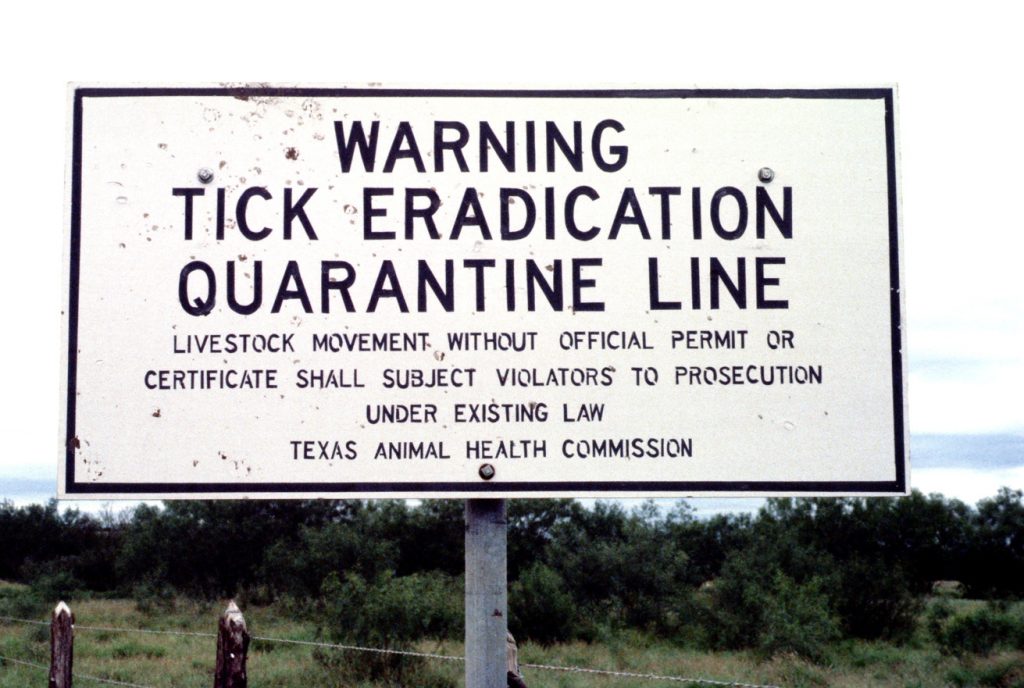Planned grazing has been shown to significantly control fever ticks without medications when the recovery (rest) periods – the time between when a herd leaves a pasture and when it returns – exceeds 150 days. This is because the ticks’ life cycle cannot survive absence of host animals for that long.
Decades of world-wide experience – and logic – should by now have everyone grazing cattle in big herds for short periods followed by long recovery periods. This mimics natural grazing of bison herds. There has been movement towards better grazing as more range scientists accept the principles of planned grazing applied in some form. Meanwhile, the grazing methods recommended by traditional thinkers within land grant universities – including Texas A&M – and ranchers’ own beliefs – learned from these folks – result in their keeping too few animals on pastures for too long. So animals grazed this way continuously reinfect themselves and the wild animals with which they share the range.
Increased parasites are just one symptom of conventional grazing practices. Most range ‘experts’ increasingly treat these symptoms with antibiotics and poisons, ignoring the root causes – bad range practices and the toxic chemicals themselves. Together these lead to more unintended consequences which are much worse than fever ticks.
NOTE: this article below is from Texas and Southwestern Cattle Raisers Association (TSCRA.org) and can be found here.

